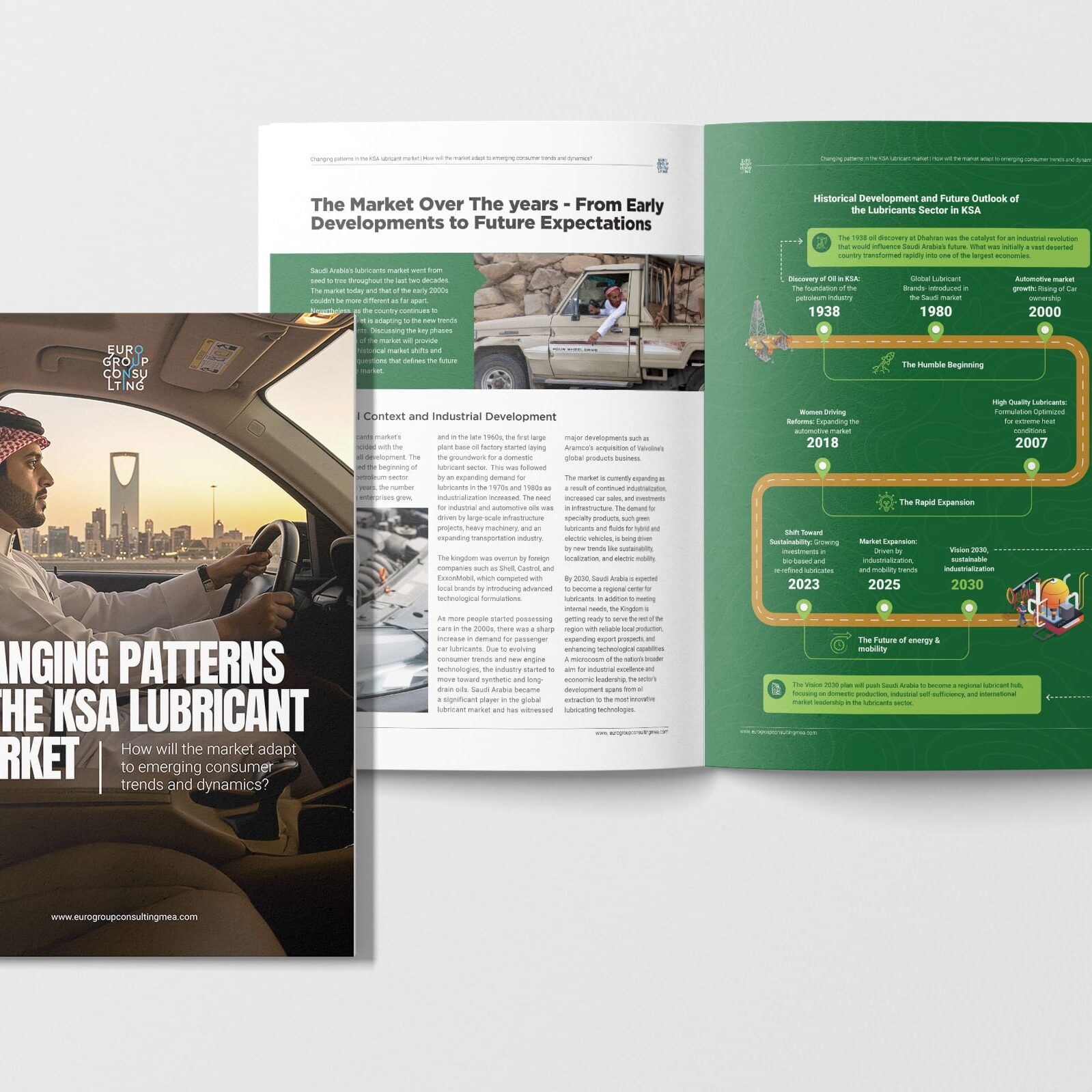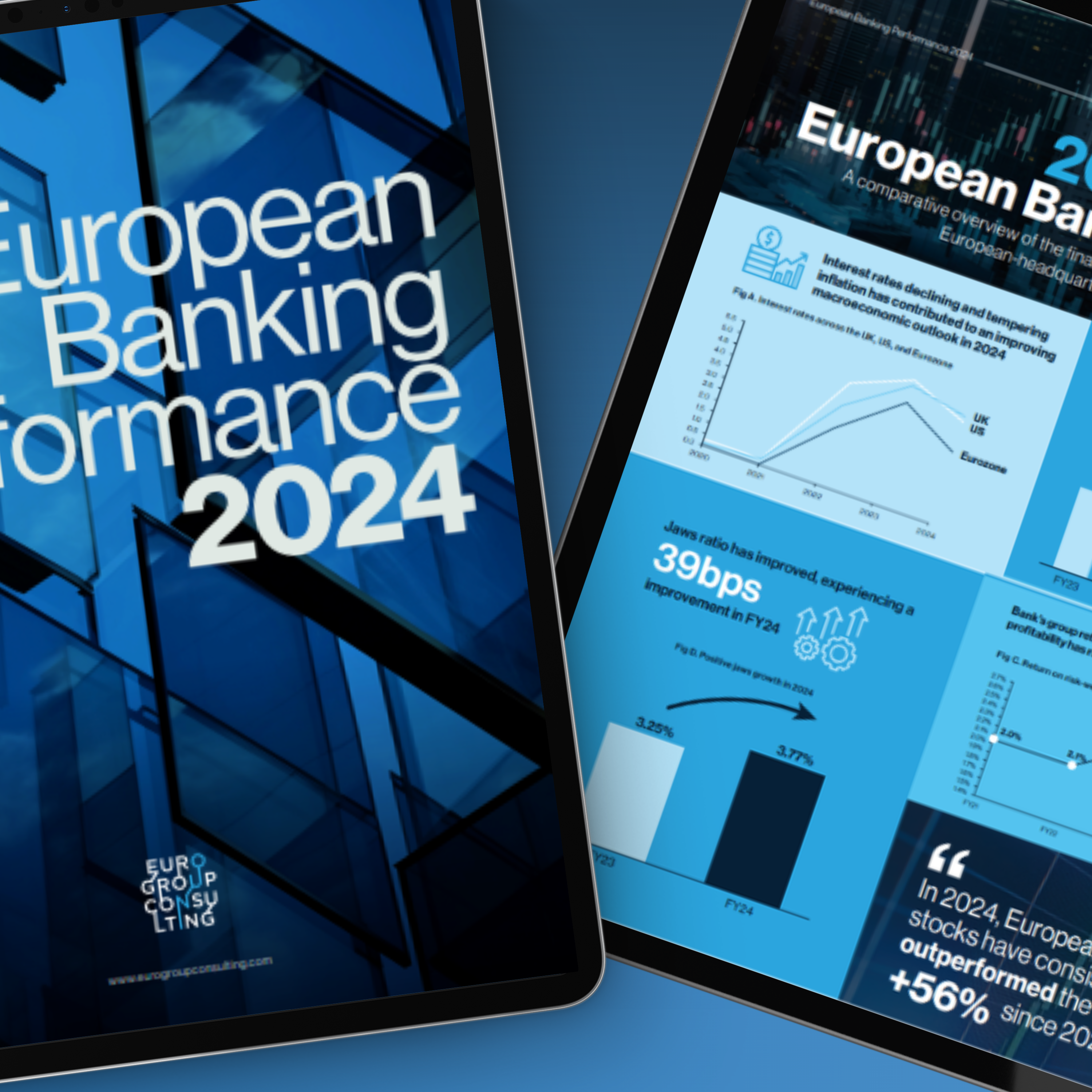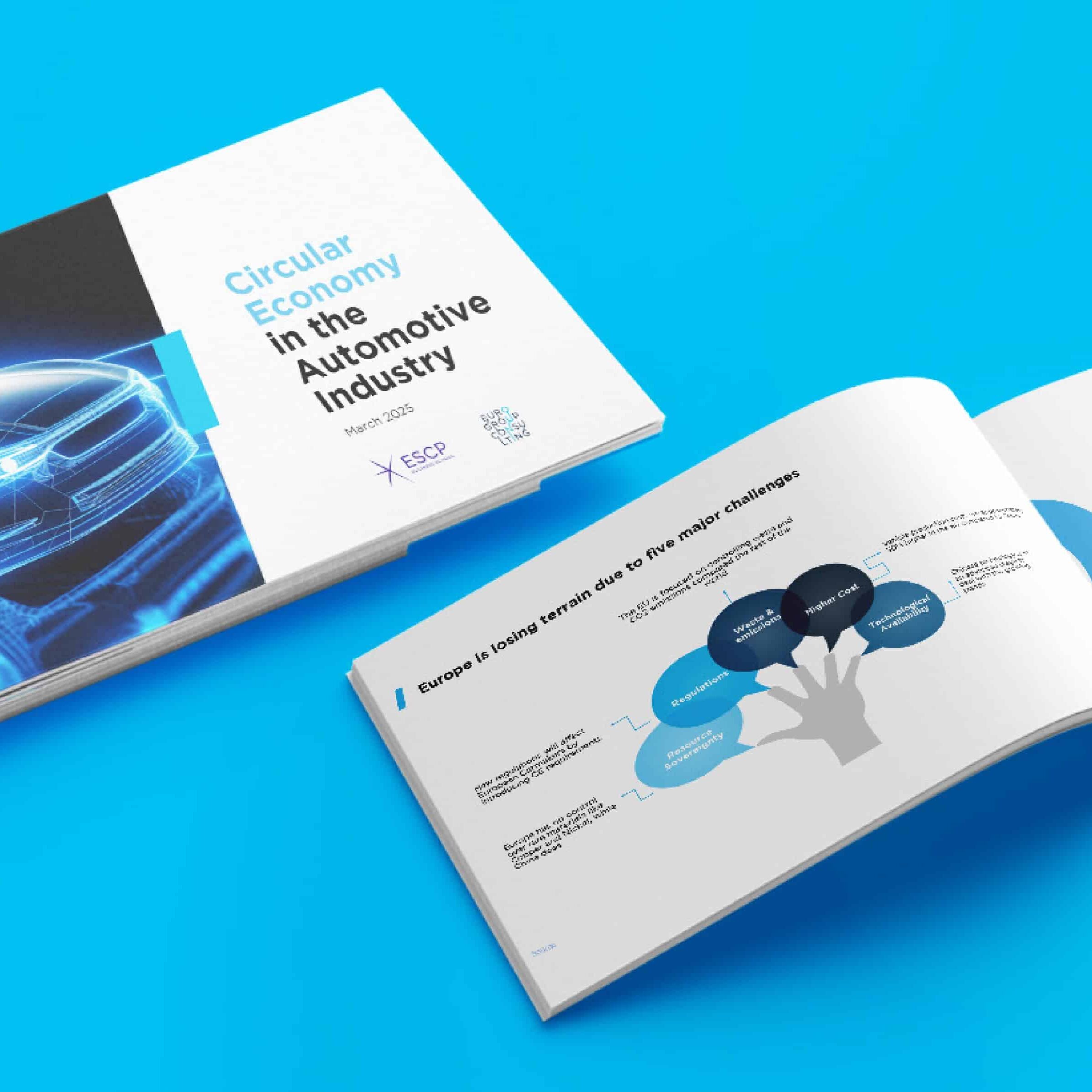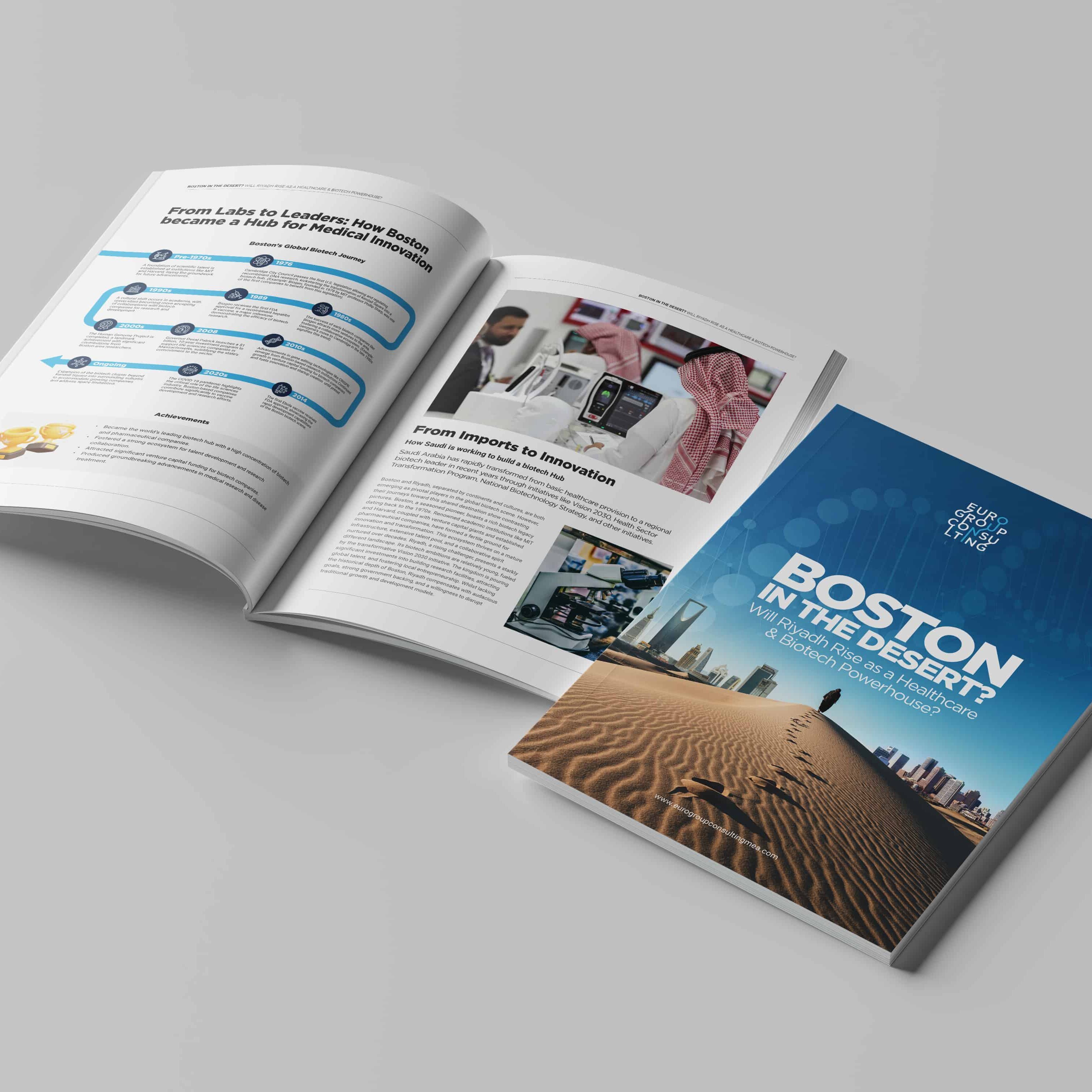THE INVESTMENT BANKING SCENE IN EUROPE
This article dives into the state of investment banking in Europe, particularly in the light of restructuring and cost-cutting measures carried out at banks across Europe. These reforms have been largely motivated by macroeconomic conditions that are not conducive for deals activity, the bread and butter for most investment banking divisions. The first part of this article explores the changing nature of investment banking in Europe from decade-highs in 2019 to recent troughs in 2023. A slump in top-line revenue growth and final Basel regulations have prompted greater emphasis on optimising cost-efficiencies, predominantly through reforms to cost bases. Concurrently, adjusting asset allocation towards more productive segments and markets remains vital.
The perennial pinnacle of banking has begun to face threats that serve to undermine its profitability and risks instigating a long-term, downward trend in the sector. In 2020, investment banks reported record revenue by capitalising on the market volatility driven by first COVID-19 and then the Ukraine war, as trading activity, underwriting fees, and advisory fees rose . However, geopolitical crises such as the Ukraine War has triggered rapid inflation and the subsequent tightening of monetary policy. The recent increases in interest rates across the globe and a slowdown in deals activity has had a direct negative impact on the top-line for investment banking segments. Has crises driven market volatility and corresponding gains for investment banking revenues finally over?
The latest figures from our panel of CIBs aims to demystify the ambiguity around this claim. Top line revenue growth in Q3’23 for both US and EU CIBs reached +8% YoY but has essentially returned to revenue levels in Q3’21, making only marginal gains (+0.2%). However, the European CIBs in our panel did experience greater revenue gains than their US counterparts (+6.3pp) and has made gains since Q3’21 (+5.5%).
While CIBs have been able to recover some of the decline in investment banking revenues in the first half of 2023, the economic uncertainty and central bank tightening has made deal financing more challenging and less accessible.

HOW HAVE BANKS’ COST-EFFICIENCIES BEEN AFFECTED?

Inevitably, the slowdown in the deals space has prompted several investment banks to scrutinise their costs. Cost-efficiency challenges ultimately raise significant questions regarding people costs, funding costs, and discretionary spending. Cost base growth has continued to experience a steady increase since Q3’21 (+11%). US CIBs saw a significantly larger increase (+16%) in their cost base compared to European CIBs (+2.6%) in our panel. As a result, C/I ratio outcomes have diverged for these two geographies. On average, C/I ratios have steadily deteriorated since Q3’21 (+11%). US CIBs experienced a deterioration in their C/I ratio (+20%) while European CIBs saw an improvement (-2%).
Cost-cutting measures have already begun to take place, with US CIBs taking greater measures to reduce their headcount than their EU counterparts. Other banks are taking measures to reduce the number of clients they service potentially reallocating capital to more profitable areas. New regulation may be placing additional stress on C/I ratios, with banks preparing to adjust to higher capital burdens within their strategic portfolio as a part of the final Basel requirements. The cost of capital has also risen, increasing funding costs for long-term assets, and undermining overall profitability.
INVESTMENT BANKING PROFITABILITY AND OUTLOOK
Nevertheless, investment bankers face an uphill battle to remain profitable amidst the slowdown in deals and M&A activity. The jaws ratios for CIBs in our panel have begun concentrating towards zero (i.e., no difference between the CQGR of revenues and costs) over the past year. Most European CIBs are experiencing a negative jaws ratio with several European outliers reporting a relatively low C/I. Similarly, US CIBs are exhibiting negative or close to zero jaws ratios over the same period but are more skewed towards higher C/I ratios than their European counterparts. Existing asset profitability set in the context of current macroeconomic conditions remains a vital aspect to interrogate.
For EU CIBs, average asset profitability improved YoY from 9M’22 (+7.8%). Several CIBs have adapted differently to the fall in M&A activity; some have shifted their focus and asset allocation towards debt capital markets while others have focused on new geographies. Ultimately, improving asset profitability remains one crucial element in the future prominence of investment banking, which has become increasingly subordinate to other segments of corporate banking . However, investment banking is here to stay, but it remains to be seen how a potential uptake in deals activity and a reduction in interest rates can recover the segment’s lost revenues.

ABOUT
Eurogroup Consulting London
Specialised in corporate and investment banking, we work alongside the largest banks and financial institutions, to help them face the challenges posed by the fast-evolving market.

Matthieu Prieuret
Partner - UK Office
Download our study
To download, please fill the form below











